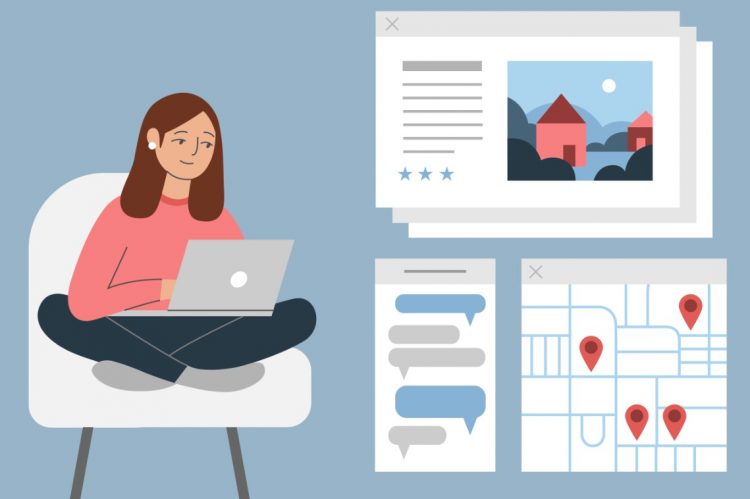A survey, conducted by tech services company Mphasis Digital Risk, found that “home envy” is stronger among generations Z and Y. The survey shows responses from 1,386 Americans aged 46 or younger across the spectrum from lower to upper middle income. 74% percent of respondents indicated they currently own a home; the same percentage agreed that owning a home is “part of the American dream.”
Key findings:
- 66% of young Americans say they “routinely” go online to check the value of homes belonging to friends and acquaintances.
- 59% of respondents said that the primary reason for checking home prices through online searches was to use the search as a “benchmark to measure own income and worth.”
- 42% said it was to get “a sense of their income.
- 56% say their own home-buying decisions are “very much” or “somewhat” affected by their searches online.
- 79% of people who look up home values online said the activity left them feeling stressed, concerned or upset.
- 87% of respondents said it is too expensive to buy a home; only 6% said now is an ideal time to enter the market.
- 45% say state and local governments are to blame for current housing prices.
- 70% say the government “hasn’t done a good job” of making homes affordable.
- 62% called for looser consumer protection rules and restrictions on lenders.
- 72% say municipalities are more lenient on zoning rules to allow for more homes, or alternative types of homes.
- 40% of respondents said they would opt for a home equity line of credit (HELOC) over a traditional bank loan or credit card.
- 42% said they would use it for home improvement; 37% said for medical expenses; 26% said for day-to-day expenses.
Takeaways:
“For the 80% of Gen Z and millennials stressed by viewing home prices of friends and acquaintances online, they should remember that lenders don’t benchmark borrowers against others to qualify for a home loan,” said Jeff Taylor, founder and managing director of Mphasis Digital Risk. “They use the borrower’s profile, and you would be surprised how much a borrower can afford. Even with interest rates entering the Summer of 2023 higher at near 7%, millions of people qualify to buy median-priced homes with as little as 5% down.”
“It’s surprising to see that 62% of younger Americans call for lower consumer protection rules and restrictions on lenders,” added Taylor. “These rules were put in place after the Great Financial Crisis–which was caused by overly loose lending guidelines–to protect borrowers from getting into loans where the costs are low to start, then ballooned later. But, first time buyers should definitely talk to their local lender, because there are many specialty loan and down payment assistance programs that can help them in their community. These great Federal, state, and local programs never make headlines, but they exist and your local lender knows about them.”
On the topic of HELOCs, he added:
“Home appreciation in recent years has given an overall wealth lift to homeowners, and responsibly tapping into this new equity is a good option for homeowners. This kind of loan has lower rates than personal loans or credit cards, but borrowers should remember that interest on one’s home equity loan is not tax deductible like it is on your first mortgage, unless you use the home equity loan funds for home improvement.”
For more information, visit https://digitalrisk.mphasis.com/home.html.












